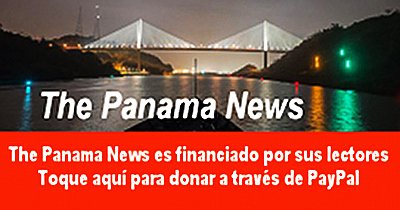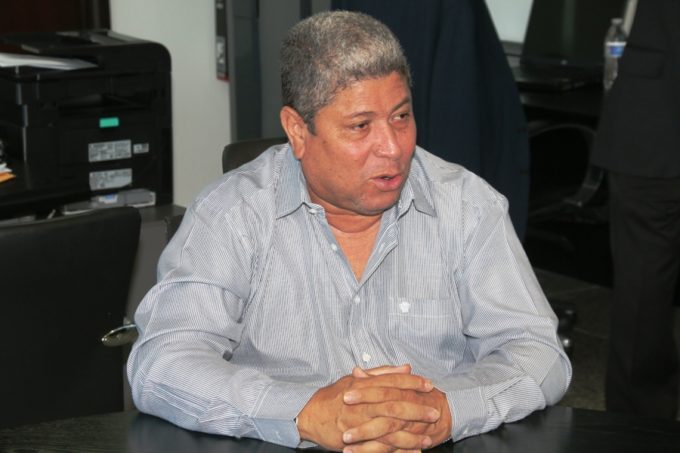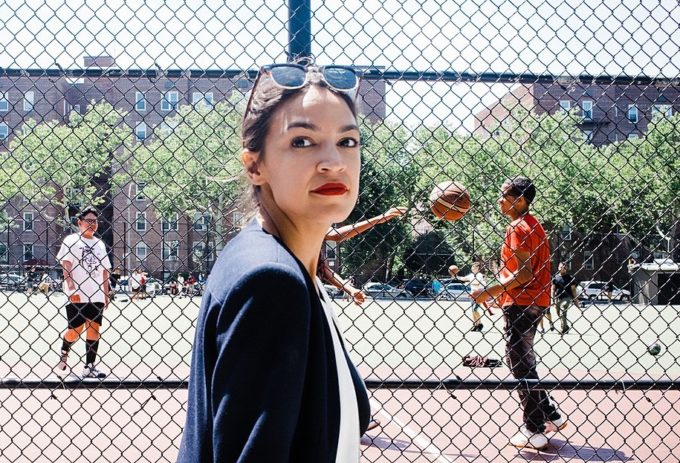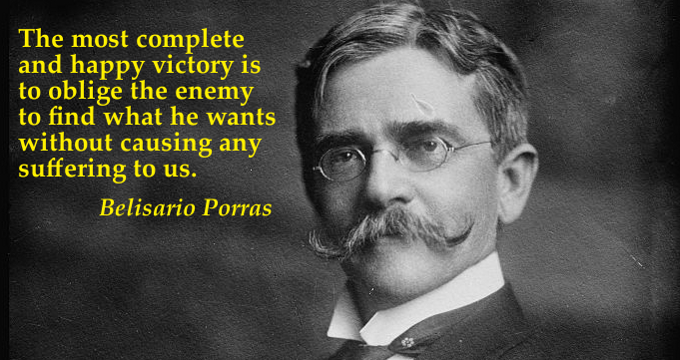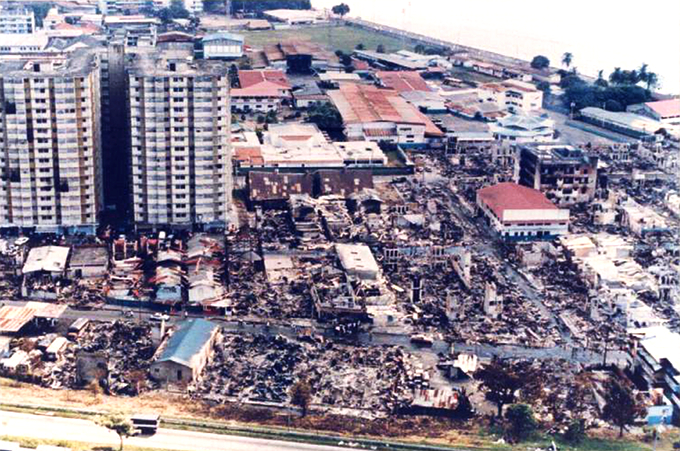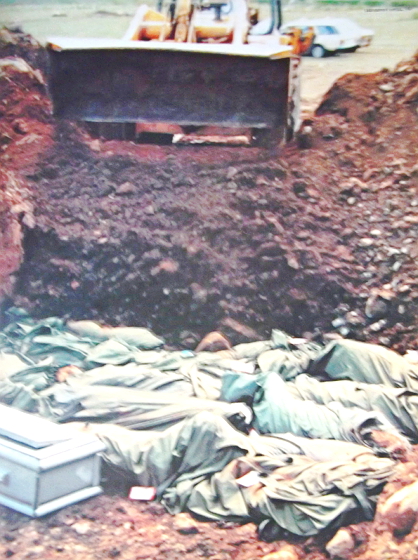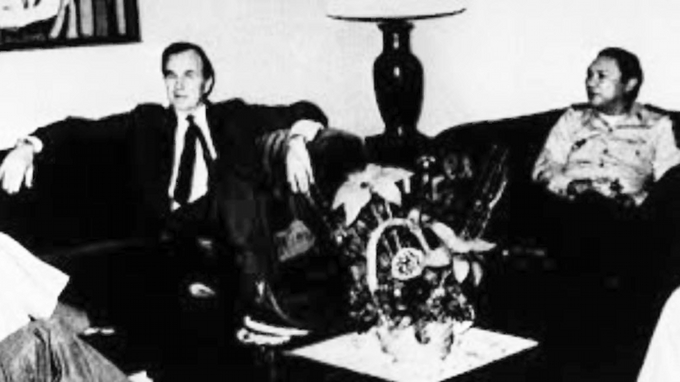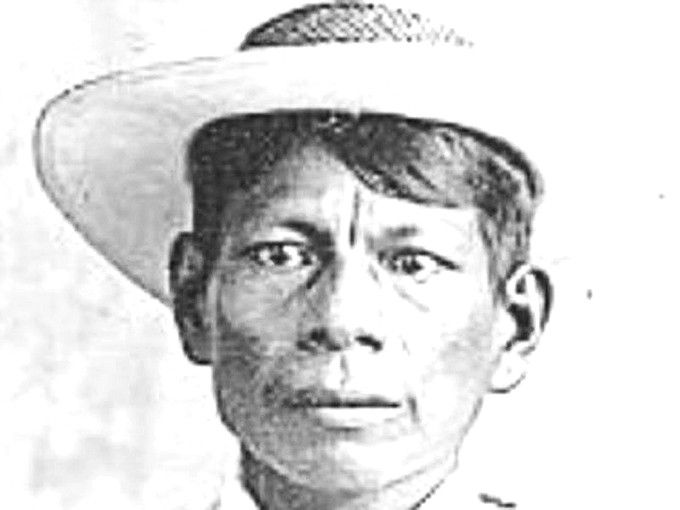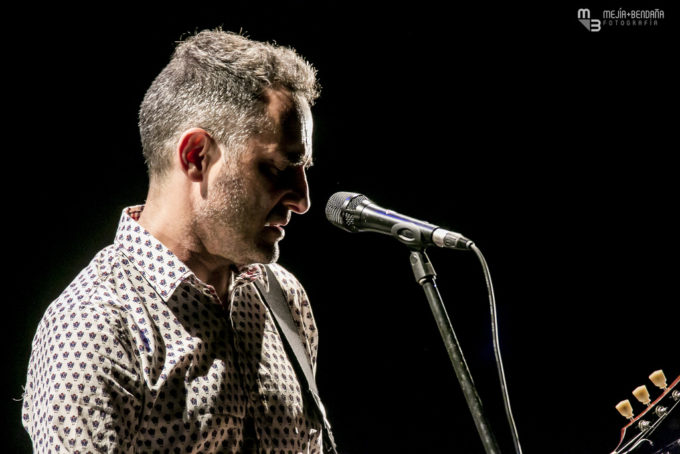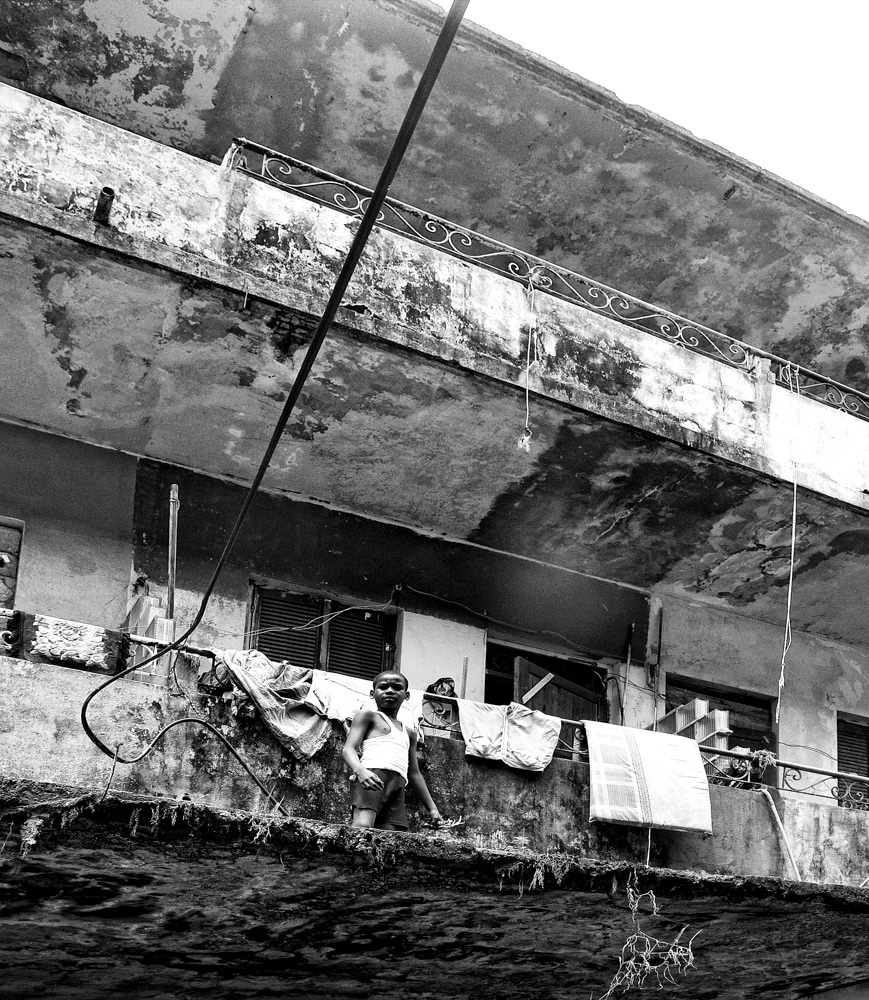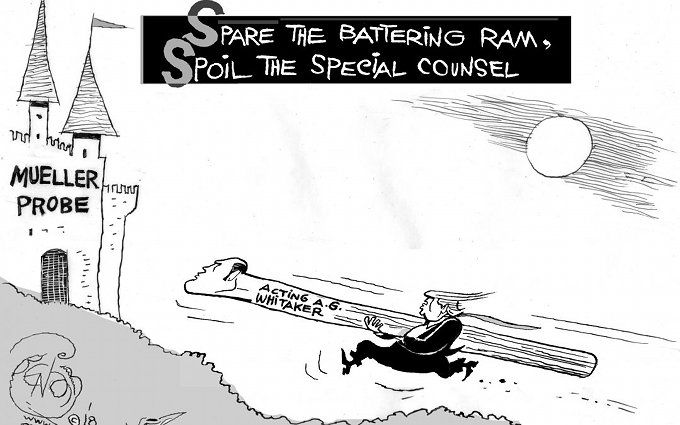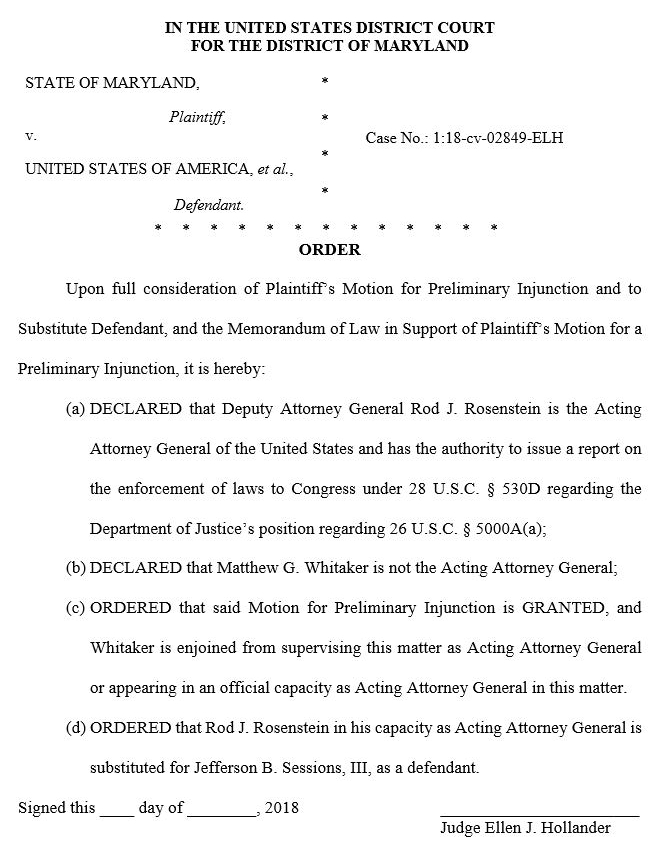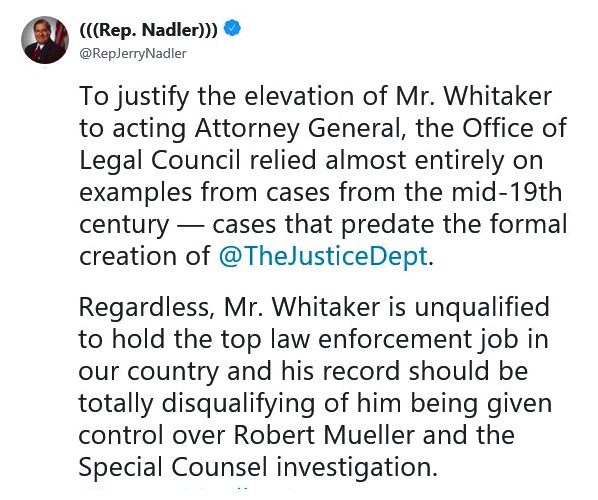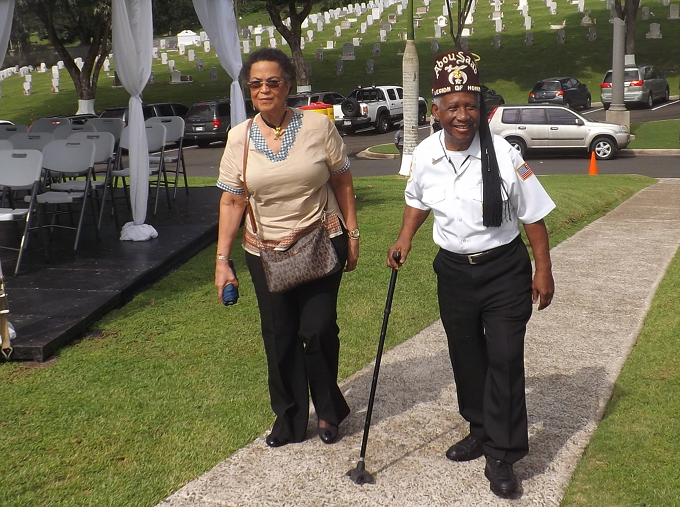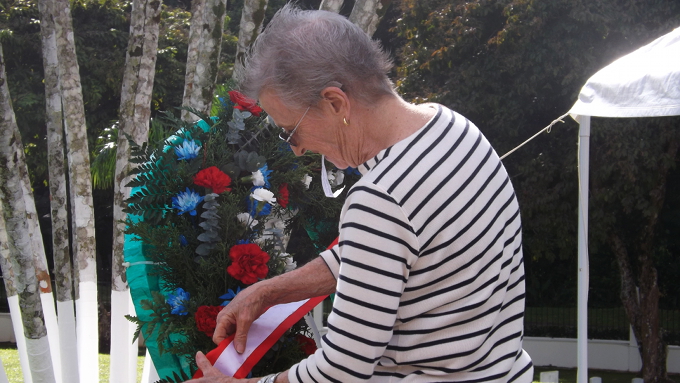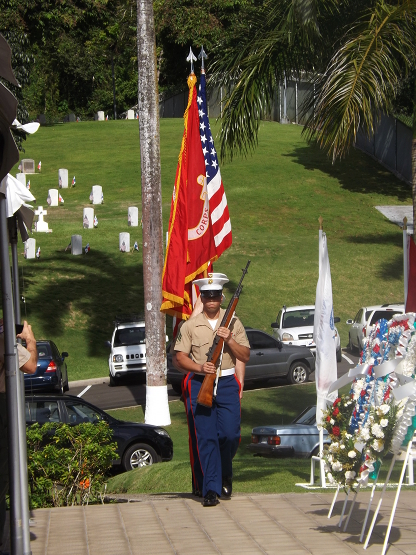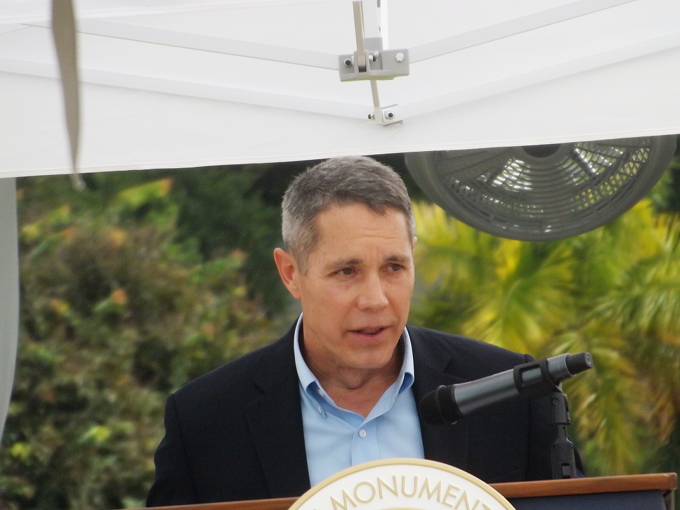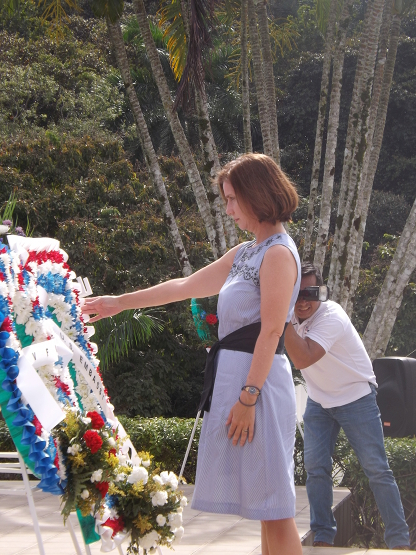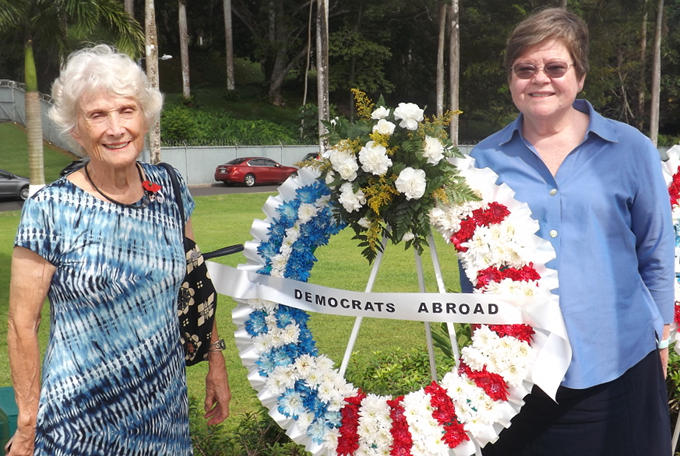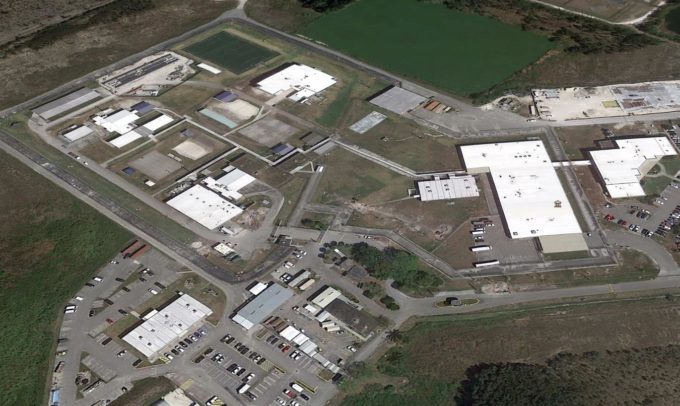
BUSTED!
Ricardo Martinelli’s two sons, wanted here for laundering the proceeds of Blue Apple and Odebrecht kickbacks, arrested in Miami on US immigration charges
by Eric Jackson, from other sources
Ricardo Alberto Martinelli Linares and his younger brother Luis Enrique Martinelli Linares, the sons of jailed Panamanian ex-president Ricardo Martinelli, are incarcerated at an immigration detention facility in Miami. The accounts of the arrests ultimately come from but two sources, neither of them reliable: the Trump adminstration and the Martinelista camp. There are slight variations, such as the time of the arrest, what the two suspects were doing when apprehended and so on.
We hear tales of a getaway attempt, of the brothers nabbed with plastic bags stuffed with cash as they attempted to board their daddy’s yacht, the White Shark, which is moored at the marina behind the family’s mansion in Coral Gables. From the Martinelli camp we hear that denied. Similarly, we hear slightly different accounts of precisely when the arrest was made.
Undisputed — except in the fantasy world of Martinelli lawyers — is that the two younger Martinellis are held on immigration charges after having been fugitives for more than one year.
Back in 2017 there were elaborate tales of the headlong flight toward the USA of helicopter N1626L, property of a Silver Wing Corporation, a company which Panamanian police and prosecutors say had been bought by Luis Enrique Martinelli with money laundering proceeds. With Swiss authorities having frozen hundreds of millions in accounts they said were controlled by the Martinelli brothers and depositories for bribe money from construction contractors, the chase after the helicopter hopscotched from Panama to El Salvador to Guatemala to Mexico, and ended up with the aircraft abandoned in Tapachula, in the southern Mexican state of Chiapas, on March 31 of 2017. Mexican officials later sent it back to Panama, where the government took custody.
Were either of the Martinelli brothers, by then charged by prosecutors here with money laundering, aboard that aircraft when it was abandoned in Chiapas? Those who know the answer to that have not published it. It may have a bearing on the case at hand, at least as a detail.
There is no question that the Martinellis were in the United States without a visa to be there. The State Department canceled their visas sometime in 2017. But had they been canceled, or did the brothers reasonably expect them to be so, in late March of last year? Did they get off that chopper in southern Mexico and make their way into the United States from there? Perhaps add a misdemeanor illegal entry charge, or trump it up into a felony conspiracy, if that was the case. Perhaps some US immigration official is in trouble for letting them in when she or he should not have. Perhaps they got back just before they lost their visas. Or were they in the USA when their visas were voided? However the facts shake out, the appearances — both to a judge and to the American public — might matter.
Perhaps it might not. Leave it to the ham-handed Martinelli style that sometimes works in Panama to play out in the United States. The father tried that in his extradition case. If a phalanx of lawyers comes before an immigration judge and says that the brothers were in the USA all along and nobody ever told them that their visas had been revoked, an American judge is likely to be unamused — especially if that is quickly proven to be a lie.
In any case, the Martinellis are held in the Krone Detention center and have an appearance before an immigration judge on December 4. In the ordinary course of things they would be deported to Panama. But if they can keep it a deportation case, perhaps they might arrange a voluntary departure to a third country that gives them a visa or of which they are citizens. Their dad has an Italian passport and so might they, so perhaps their lawyers are working on allowing the chase to continue in Europe.
Panama’s prosecutors have other ideas, whether or not they are capable of implementing them. They have been going through the motions of getting INTERPOL warrants for the two brothers. It’s about money laundering charges. The process has been complicated by procedural rulings and appeals of those with respect to the underlying Blue Apple and Odebrecht corruption cases. The Martinelli brothers’ tangent is the allegation that between 2010 and 2014 they laundered bribe and kickback money from companies with public works contracts and moved it through corporate shells and bank accounts to one or more other countries. It can be reasonably foreseen that arguments will be made to the effect that some procedural ruling in the case about people taking or paying those bribes, or somebody’s plea bargain in that scandal, lets the brothers off.
Attorney General Kenia Porcell has at least a small window of time to intervene and change it from a deportation question to an extradition case. Perhaps the immigration hearing in December will be the occasion for an arrest by US marshals on the extradition matter.
It might make a difference as to the brothers’ standard of living. In its early days after conversion from a US military base to a place where a lot of Cuban rafters were held, Krone had a terrible reputation for gang rule, guard brutality and rape. By many accounts things have improved since that time, to the point that time served there would be substantially less harsh than that same time spent in the Miami Federal Detention Center, where the elder Martinelli was incarcerated while fighting his extradition to Panama.
~ ~ ~
These announcements are interactive. Click on them for more information.

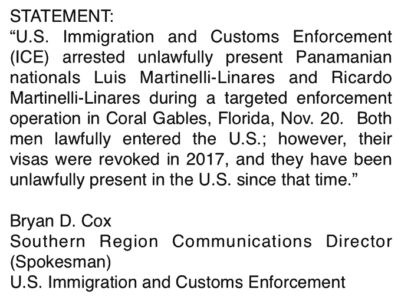

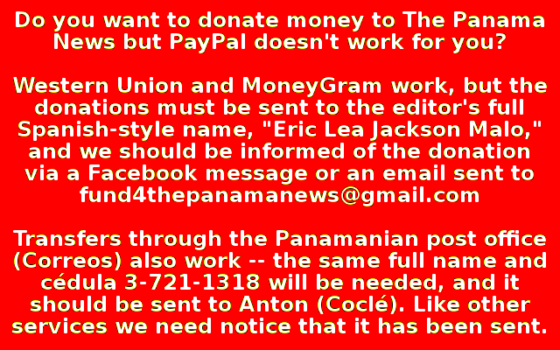


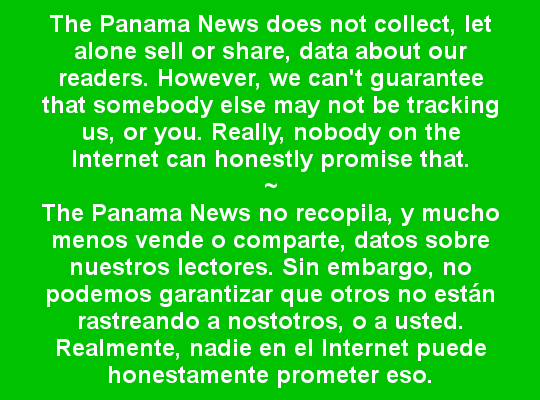
 U.S. Embassy Panama
U.S. Embassy Panama

